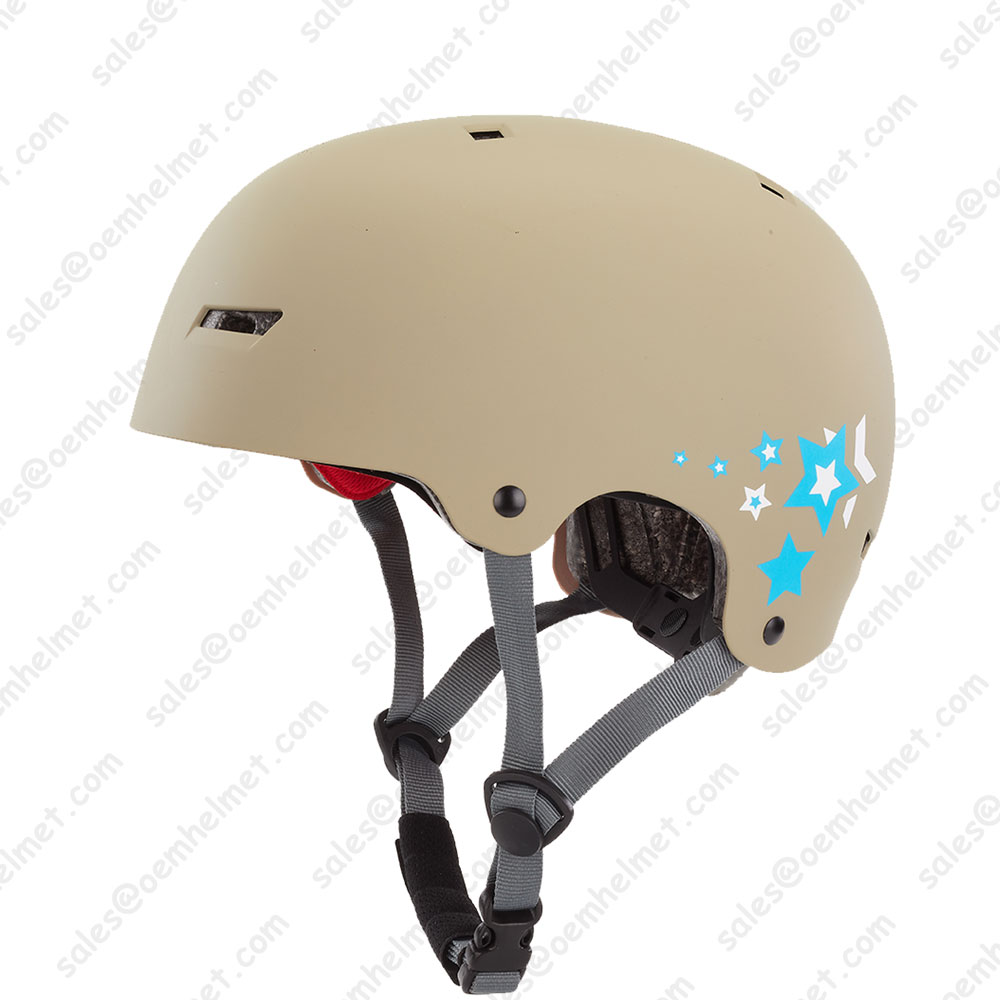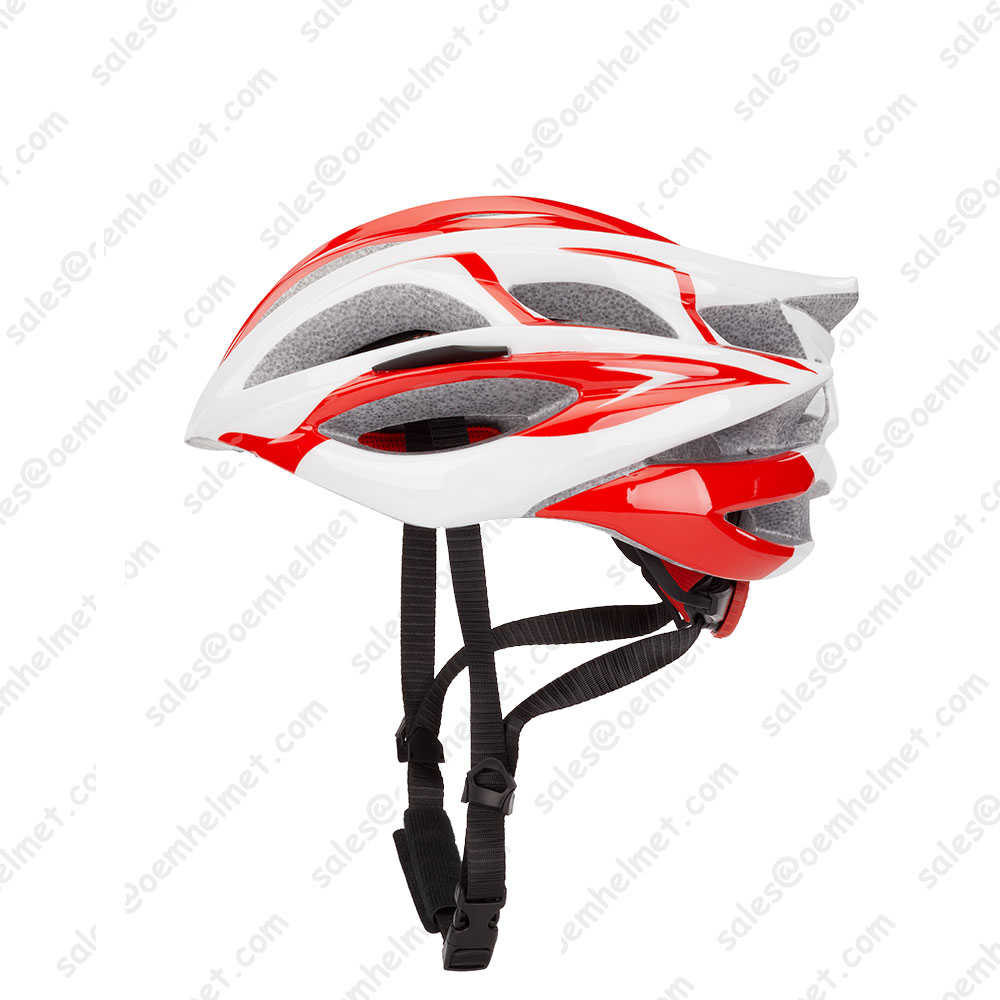what is Polycarbonate
What is PC
Polycarbonate (PC) plastics are a naturally transparent amorphous thermoplastic. Although they are made commercially available in a variety of colors (perhaps translucent and perhaps not), the raw material allows for the internal transmission of light nearly in the same capacity as glass. Polycarbonate polymers are used to produce a variety of materials and are particularly useful when impact resistance and/or transparency are a product requirement (e.g. in bullet-proof glass). PC is commonly used for plastic lenses in eyewear, in medical devices, automotive components, protective gear, greenhouses, Digital Disks (CDs, DVDs, and Blu-ray), and sport helmets. Polycarbonate also has very good heat resistance and can be combined with flame retardant materials without significant material degradation. Polycarbonate plastics are engineering plastics in that they are typically used for more capable, robust materials such as in impact resistant “glass-like” surfaces.
The following diagram shows the relative impact strength of Polycarbonate when compared to the impact strength of other commonly used plastics such as ABS, Polystyrene (PS), or Nylon.
Another feature of polycarbonate is that it is very pliable. It can typically be formed at room temperature without cracking or breaking, similar to aluminum sheet metal. Although deformation may be simpler with the application of heat, even small angle bends are possible without it. This characteristic makes polycarbonate sheet stock particularly useful in prototyping applications where sheet metal lacks viability (e.g. when transparency is required or when a non-conductive material with good electrical insulation properties is required).
What are the Characteristics of Polycarbonate?
Now that we know what it is used for, let’s examine some of the key properties of Polycarbonate. PC is classified as a “thermoplastic” (as opposed to “thermoset”), and the name has to do with the way the plastic responds to heat. Thermoplastic materials become liquid at their melting point (155 degrees Celsius in the case of Polycarbonat). A major useful attribute about thermoplastics is that they can be heated to their melting point, cooled, and reheated again without significant degradation. Instead of burning, thermoplastics like Polycarbonate liquefy, which allows them to be easily injection molded and then subsequently recycled.
By contrast, thermoset plastics can only be heated once (typically during the injection molding process). The first heating causes thermoset materials to set (similar to a 2-part epoxy) resulting in a chemical change that cannot be reversed. If you tried to heat a thermoset plastic to a high temperature a second time it would simply burn. This characteristic makes thermoset materials poor candidates for recycling.
Polycarbonate is also an amorphous material, meaning that it does not exhibit the ordered characteristics of crystalline solids. Typically amorphous plastics demonstrate a tendency to gradually soften (i.e. they have a wider range between their glass transition temperature and their melting point) rather than to exhibit a sharp transition from solid to liquid as is the case in crystalline polymers.Lastly, Polycarbonate is a copolymer in that it is composed of several different monomer types in combination with one another.







